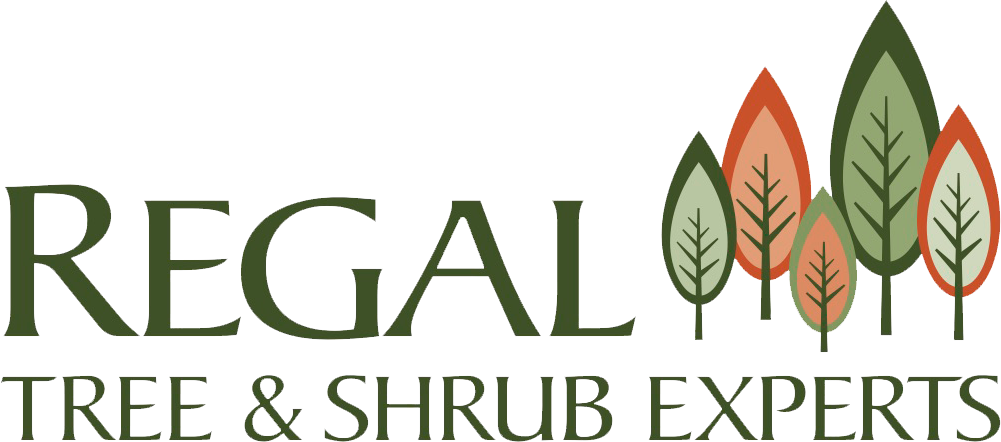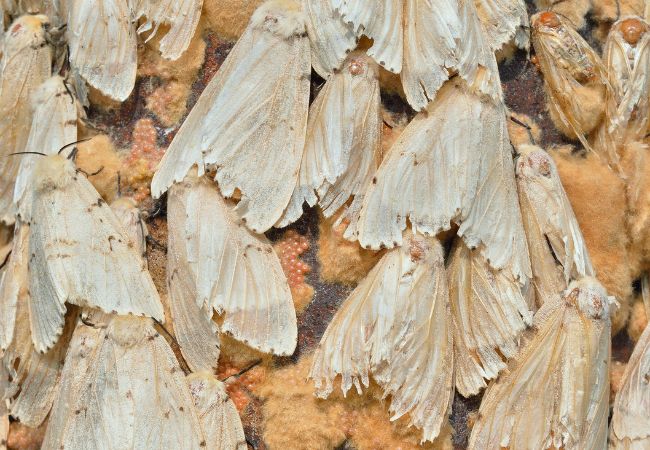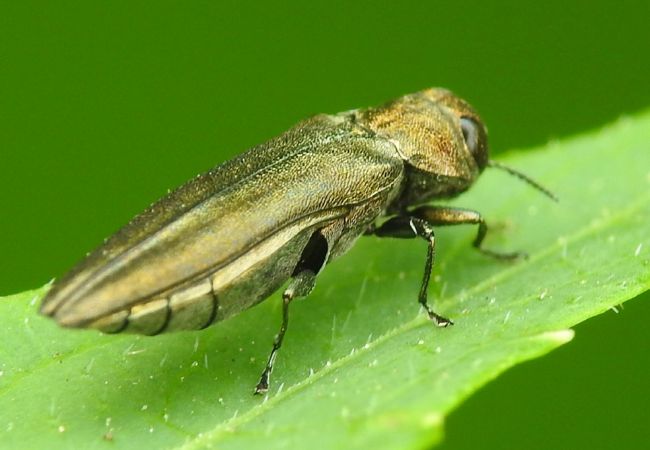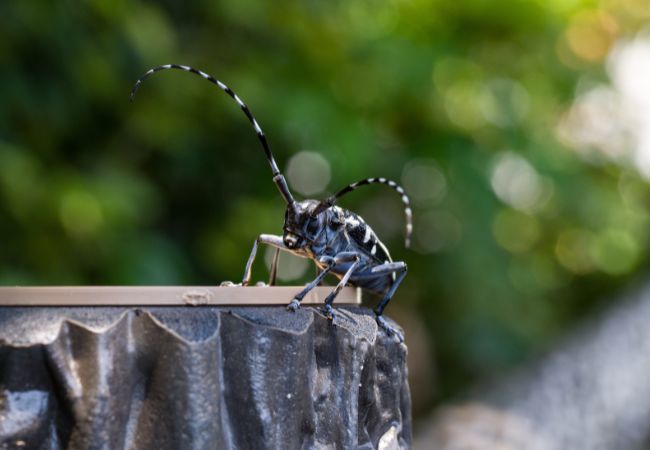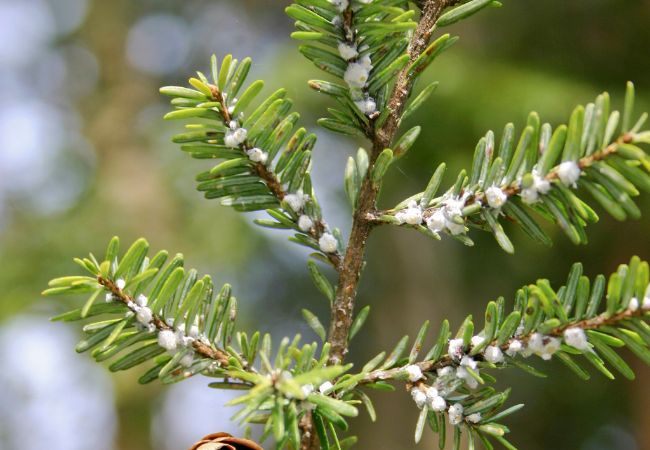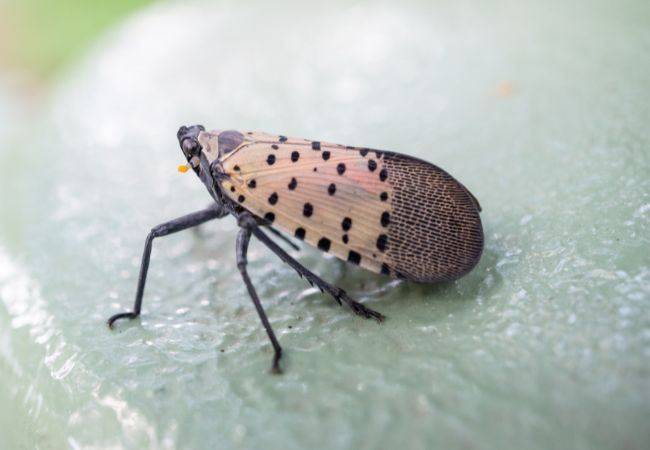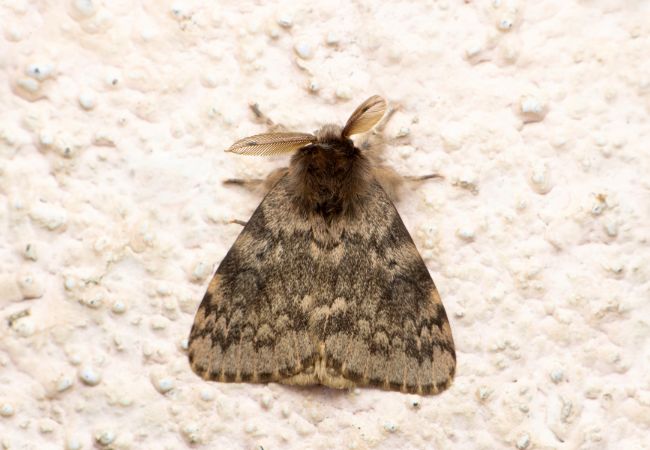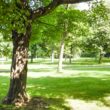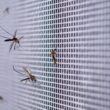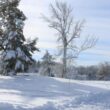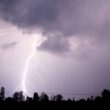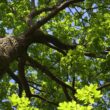You’re under siege, Massachusetts! Not by a foreign army, but by destructive insect pests. These tiny invaders, including the Spongy (Gypsy) Moth, Emerald Ash Borer, Asian Longhorned Beetle, Winter Moth, Spotted Lanternfly, and Hemlock Woolly Adelgid are wreaking havoc on our beloved trees.
Let’s uncover their identities, understand their impact, and discover how we can defend our beautiful trees against these relentless intruders.
Key Takeaways
- Spongy (Gypsy) Moth, Emerald Ash Borer, Asian Longhorned Beetle, Winter Moth, Spotted Lanternfly, and Hemlock Woolly Adelgid are the top invasive pests attacking Massachusetts trees.
- These pests defoliate trees, weaken them, disrupt water and nutrient transport, and increase the risk of disease and death.
- The loss of native trees impacts local ecosystems, wildlife habitats, and the timber industry.
- The economic consequences include skyrocketing costs for tree removal and replacement, decline in tree health, increased expenses for pest control, and negative effects on local economies.
What Is an Invasive Pest?
An invasive species is one that has arrived on our shores from a different region, has colonized the area and become established there, and has then spread across the new region.
Invasive tree pests compete with native insects and wildlife for resources, spread diseases (often, these are lethal diseases because our plants have never developed resistance to them), and directly kill infested trees. They often have no native predators or diseases that can help control their populations. And, as temperatures continue to rise in Massachusetts, many of these pests are finding even northern regions of our state to be quite hospitable.
Invasive Pest #1. Spongy (Gypsy) Moth
You’re likely already familiar with the threat of the Spongy Moth (formerly called Gypsy Moth), an invasive pest that’s wreaking havoc on Massachusetts’ trees. This nasty little bug, imported from Europe for silk production, has caused a significant amount of damage to trees across the state.
The moths lay their eggs in the bark of trees and when these hatch, the larvae begin munching away at the leaves. This defoliation can cause trees to become weak and susceptible to diseases and other pests.
The Gypsy Moth isn’t picky about the type of trees it infests. It’ll happily chow down on oak, birch, aspen, and even some types of pine trees. Unfortunately, this makes a large number of trees in Massachusetts a potential buffet for these critters, including the trees in your back yard.
The impact of these pests is serious and far-reaching. Not only does it affect the health and survival of the trees, but it also impacts the habitats of other wildlife that rely on these trees for food and shelter.
Massachusetts has been using a combination of methods to try to control spongy moth populations, including:
- manually removing egg masses,
- using biological control agents like predators and parasites that prey on these pests,
- mass trapping with pheromone-baited traps,
- releasing sterile males that cannot breed,
- chemical controls for severe infestations, and
- integrated pest management strategies.
Invasive Pest #2. Emerald Ash Borer
Let’s start by identifying the Emerald Ash Borer (Agrilus planipennis), a metallic green beetle that’s causing serious damage to our ash tree population. This bug, native to Asia, has found a new home in North America, including Massachusetts, where it has been wreaking havoc since it was first discovered here in 2012. Since then, it has spread to 11 counties, including Bristol, Middlesex, and Norfolk counties.
The Emerald Ash Borer (EAB) is small, only about half an inch long, but don’t let its size fool you. It can and has inflicted serious harm on our ash trees. It targets all 22 species of ash trees, such as white ash, green ash, and black ash.
Adult EABs are easy to spot due to their bright, metallic green color. However, the larvae are much harder to detect. They’re usually hidden under the bark, silently killing the tree from the inside out. Larvae feed on the inner bark of the trees, disrupting their ability to transport water and nutrients. The impact is devastating, often resulting in tree death within just a few years of infestation.
Efforts are being made to manage EAB populations through biocontrol measures and strict regulations on the movement of ash materials to prevent further infestations and protect the local tree population. If you have a beloved ash tree on your property, effective preventive treatments are available (they’ll need to be reapplied every year or two). Without treatment, it’ll probably become a matter of when, not if, your ash tree will become infested and need to be cut down.
Invasive Pest #3. Asian Longhorned Beetle
Another menace to our forests is the Asian Longhorned Beetle (Anoplophora glabripennis), an invader that’s causing extensive damage to a variety of native hardwood trees such as maples, elms, willows, birches, and horse chestnut trees. The loss of these valuable trees impacts local ecosystems and wildlife habitats, and our timber industry is suffering.
This insect, native to China and Korea, has been devastating trees across Massachusetts since it was first discovered in Worcester, MA in 2008. More than $50 million in federal and state funds has gone toward trying to eradicate this destructive beetle, and tens of thousands of trees have been cut down to slow its spread.
You’ll recognize an adult Asian Longhorned Beetle (ALB) by its shiny black body with white spots on the back. Combined with its large size (3/4 to 1 ½ inches long) and super-long, black-and-white antennae (at least as long as its body), it’s easy to identify this distinctive beetle.
You can also look for characteristic signs of damage on trees, such as oval grooves in the bark where females lay eggs, large pencil-size exit holes made by adults, and tree damage caused by tunneling larvae.
Invasive Pest #4. Hemlock Woolly Adelgid
The Hemlock Woolly Adelgid (Adelgis tsugae) is an aphid-like insect that’s wreaking havoc on our beloved hemlock forests. Initially from Japan and China, it was accidentally introduced into the US around 1924 and in now found throughout all of Massachusetts.
This tiny bug, no bigger than a speck of dust, has a big appetite for hemlock trees. It’s a stealthy invader, attaching itself to the base of hemlock needles where it sucks the life out of its host. In fact, up to 90% of infested eastern hemlock trees die without proper treatment.
In our native forests, hemlock trees are important for shading trout streams, and provide habitat for about 90 species of birds and mammals.
Your role in safeguarding our forests against this pest is crucial. Be vigilant. If you see a tree with white, woolly masses on its branches and needles, that’s a telltale sign of the adelgid. Report it immediately to the local Department of Conservation and Recreation.
Take the time to learn more about the Hemlock Woolly Adelgid. Participate in local workshops and events focused on invasive pests. Remember, you’re not just protecting our trees, you’re preserving the beauty and health of our forests for future generations.
Invasive Pest #5. Spotted Lanternfly
In recent years, the spotted lanternfly (SLF) has been detected in southeast Massachusetts, including Middlesex County and Norfolk County. These pests may look beautiful, but their looks are deceptive! SLF sucks sap from trees, weakening them and making them more susceptible to other environmental stressors. And that’s not even mentioning the sugary waste product (honeydew) they excrete while feeding. This sticky substance coats tree trunks, leaves, and anything beneath the tree, leading to the growth of sooty mold, which not only damages plants but also emits a foul odor and can be challenging to manage.
While healthy and established ornamental trees aren’t likely to die from spotted lanternfly infestations, we often see canopy dieback and a decline in plant health that affect the aesthetics and structural integrity of the trees over time. Plus, grapes and saplings of some tree species can be killed outright by this voracious pest.
Many favorite tree species, like almonds, apples, apricots, beech, cherry trees, dogwood, elm, grapes, hops, maple, oak, peaches, pine, plums, poplar, sycamore, walnut, white ash, willow, and others are at risk from spotted lanternfly infestations. Without effective treatments, these trees may suffer long-term damage.
Invasive Pest #6. Winter Moth
The winter moth (Operophtera brumata) was first discovered in North America in the 1930s in Nova Scotia and has slowly spread from there, arriving on the south shore of Massachusetts at the beginning of the 2000s.
Only the larvae (pale green loopers or “inchworms”) feed on trees, eating buds, emerging leaves, and even entire mature leaves. These pests can quickly defoliate trees, especially oak, maple, and fruit trees, leading to significant damage. The preferred hosts of the winter moth are apple, ash, blueberry, cherry, crabapple, elm, maple, and oak. However, they often feed on many other types of plants.
With no natural predators or other biological controls available, our trees are at the mercy of this destructive pest.
Box Tree Moth: Coming Soon to a Boxwood Near You?
The box tree moth (Cydalima perspectalis) originated in warmer parts of Asia and was first detected in the USA in 2021 in New York. Since then, box tree moth has been found in Ohio and Michigan, and in 2023 was discovered on Cape Cod.
So far, we’ve only seen established populations of this pest in Massachusetts on older landscape plantings of boxwoods. But if box tree moth behaves like other invasive pests, we’re likely to see it spreading northward from the Cape.
If you suspect you have found box tree moth in Massachusetts, report it to MDAR using this link: https://massnrc.org/pests/report.aspx.
Frequently Asked Questions About Invasive Insect Pests in MA
Q. What are the early signs of an invasive insect infestation in my trees?
A. Early signs of tree infestation depend on which pest is attacking your trees. Signs can include unusual leaf discoloration or wilting, sawdust-like material (frass) around the tree base, small holes in the bark, and the presence of insects or their larvae.
Q. What are some preventive measures I can take to protect my trees from invasive pests?
A. To keep your trees safe, ensure they’re healthy and robust. Regularly prune dead branches and water during dry spells, and spread a layer of organic mulch around (but not touching!) your trees. Don’t forget to monitor for early signs of uninvited guests.
Q. Are there any natural predators to these invasive pests that could help control their population?
A. It depends. Some of these invasive pests do have natural predators, but many do not. Birds, spiders, and certain insects may eat some of these new threats to our trees.
Q. What kind of damage can be expected over time if these invasive insects are not dealt with promptly?
A. Imagine your lush green trees slowly withering into lifeless skeletons. If these pests are ignored, they’ll gradually destroy your trees’ health, reducing them to frail shadows of their former selves and harming the entire ecosystem.
Concerned About Invasive Pests? Call the Experts at Regal Tree & Shrub
You’ve no doubt seen the havoc these invasive pests wreak on Massachusetts’ trees. For example, the emerald ash borer alone has killed millions of ash trees across North America. It’s heartbreaking.
But don’t let it get you down. You can play a crucial role in protecting our trees. Stay vigilant, report any sightings, and call on the tree health care experts at Regal Tree & Shrub Experts to evaluate, diagnose, and treat any trees at risk of invasive insect infestation.
Together, we can keep our urban trees and native forests healthy and thriving.
